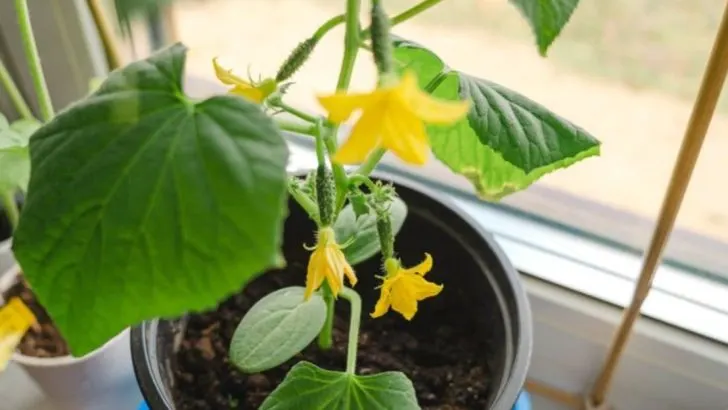Growing baby cucumbers in containers is a great way to enjoy fresh, homegrown produce, even if you have limited space. However, like all container gardening, it comes with its own set of challenges. Avoiding a few common mistakes can ensure your cucumbers thrive and produce a bountiful harvest.
In this article, we highlight 11 mistakes that many gardeners make when growing baby cucumbers in containers. From wrong container size to improper watering, these errors can stunt growth and reduce your yield. We’ll also provide tips on how to correct them and set your cucumbers up for success.
By learning what to avoid, you’ll be well on your way to growing healthy, delicious baby cucumbers in no time!
Overcrowding the Container
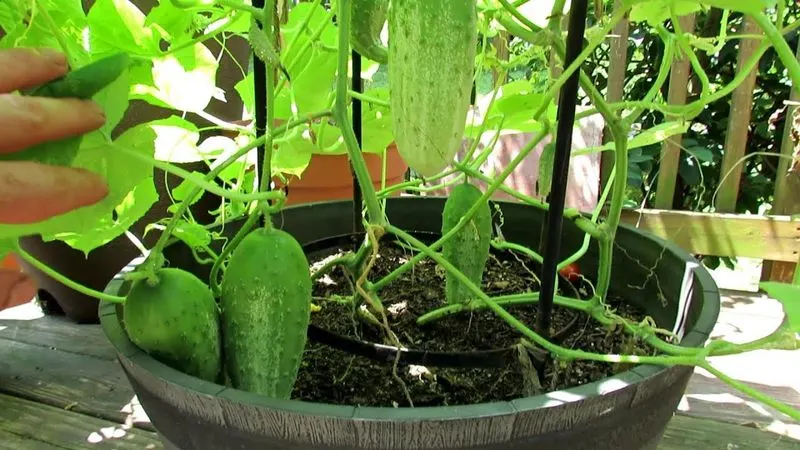
When it comes to container gardening, less is often more. Crowding too many cucumber plants into a single pot can lead to competition for nutrients and space, stunting their growth. It’s crucial to provide each plant with enough room to spread its roots and thrive.
A single plant per container or using a larger pot for multiple plants can help. This gives them the space needed for optimal growth. Overcrowding can also increase the risk of disease as air circulation is compromised. Proper spacing ensures healthy, robust plants full of potential.
Remember, giving cucumbers room to breathe and grow will result in a generous harvest.
Neglecting Drainage Needs
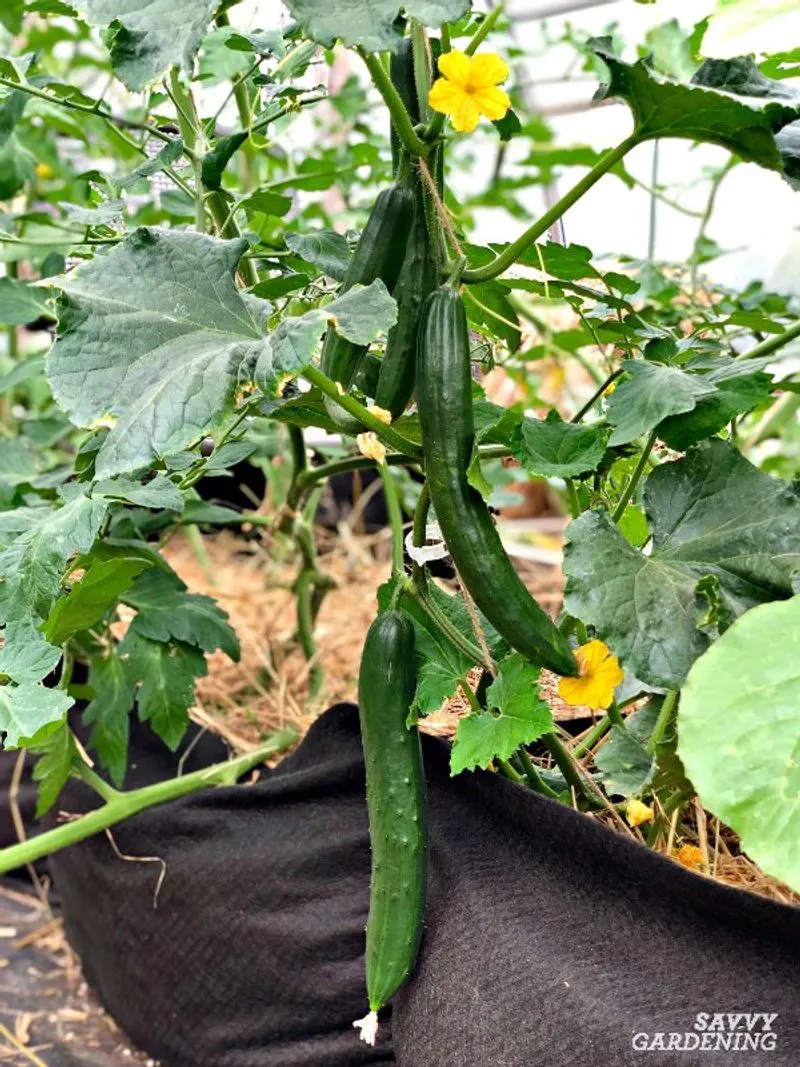
Proper drainage is the backbone of successful container gardening. Failing to supply adequate drainage can lead to waterlogged soil, which drowns roots and invites root rot. Ensure your containers have drainage holes to allow excess water to escape.
Lining the bottom with pebbles or broken pottery enhances this process, safeguarding against soggy conditions. Overwatering is a common consequence of poor drainage. It’s essential to monitor soil moisture levels and adjust watering routines accordingly.
Good drainage helps maintain the delicate balance of moisture and airflow, supporting healthy root development and vibrant plants.
Using Inadequate Soil
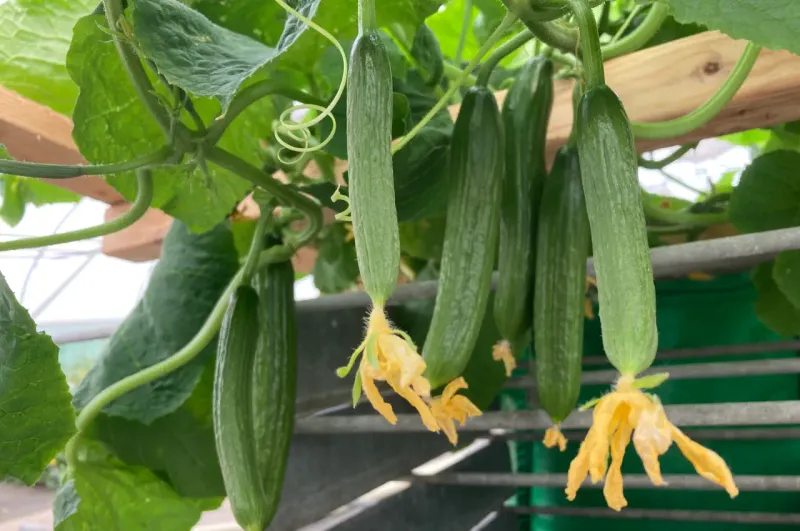
The soil you choose sets the stage for your cucumber plants. Using garden soil in containers is tempting but often leads to compaction and poor drainage. Opt for a high-quality potting mix designed for container gardening to avoid these issues.
A well-draining mix enriched with organic matter will provide the necessary nutrients and structure needed for healthy plant growth. This type of soil supports root aeration, ensuring plants can easily access the nutrients and water they need.
Investing in the right soil is a foundational step that pays off in vibrant, productive cucumber plants.
Ignoring Sunlight Requirements
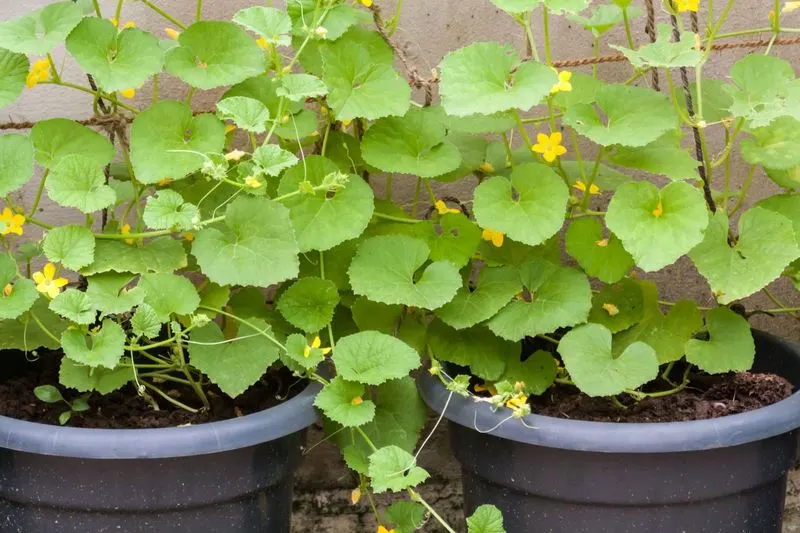
Cucumbers are sun-loving plants that thrive in full sunlight. Placing your container in a shaded area can result in leggy stems and poor fruit production. Aim for at least six to eight hours of direct sunlight each day.
If natural light is limited, consider supplementing with grow lights to meet the plant’s needs. Sunlight not only fuels photosynthesis but also supports the plant’s overall health and resilience.
Positioning your containers strategically ensures cucumbers receive the energy needed to produce crisp, flavorful fruits.
Overlooking Regular Watering
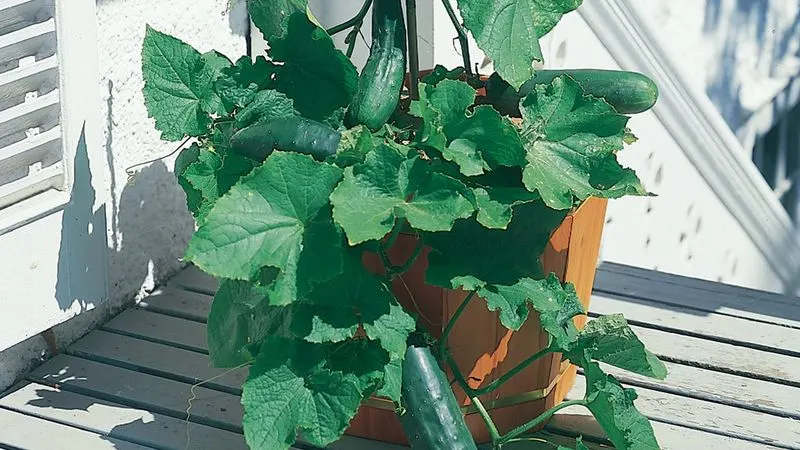
Consistency is key when it comes to watering cucumbers in containers. Allowing the soil to dry out too much can stress the plants, leading to wilting and reduced fruit quality. Regular, even watering keeps plants hydrated and thriving.
Monitor the moisture level by checking the top inch of soil. Water when this layer feels dry to the touch, ensuring deep saturation to reach the roots. Inconsistent watering can cause fruit to become misshapen or bitter.
A steady watering routine supports plant vitality and ensures a bountiful supply of delicious cucumbers.
Fertilizing Incorrectly

Fertilization plays a vital role in nurturing container cucumbers. However, over-fertilizing can lead to excessive leaf growth at the expense of fruit production, while under-fertilizing can leave plants nutrient-deficient.
Select a balanced, water-soluble fertilizer and follow recommended application rates for containers. Frequent light applications can be more effective than occasional heavy doses. This approach ensures a steady supply of nutrients without overwhelming the plant.
Keeping a fertilization schedule helps maintain a healthy balance, allowing cucumbers to flourish with vibrant foliage and plentiful fruit.
Ignoring Pest Control

Pests can quickly become a nuisance in container gardens, leading to damaged plants and reduced yields. Regularly inspect leaves and stems for signs of infestation, such as holes, discoloration, or visible insects.
Implementing natural remedies like neem oil or introducing beneficial insects can help manage pest populations effectively. Keep your plants healthy as robust plants are less susceptible to pest issues.
Being proactive with pest control keeps your cucumbers safe and ensures they continue to grow strong and produce an abundant harvest.
Not Supporting the Vines
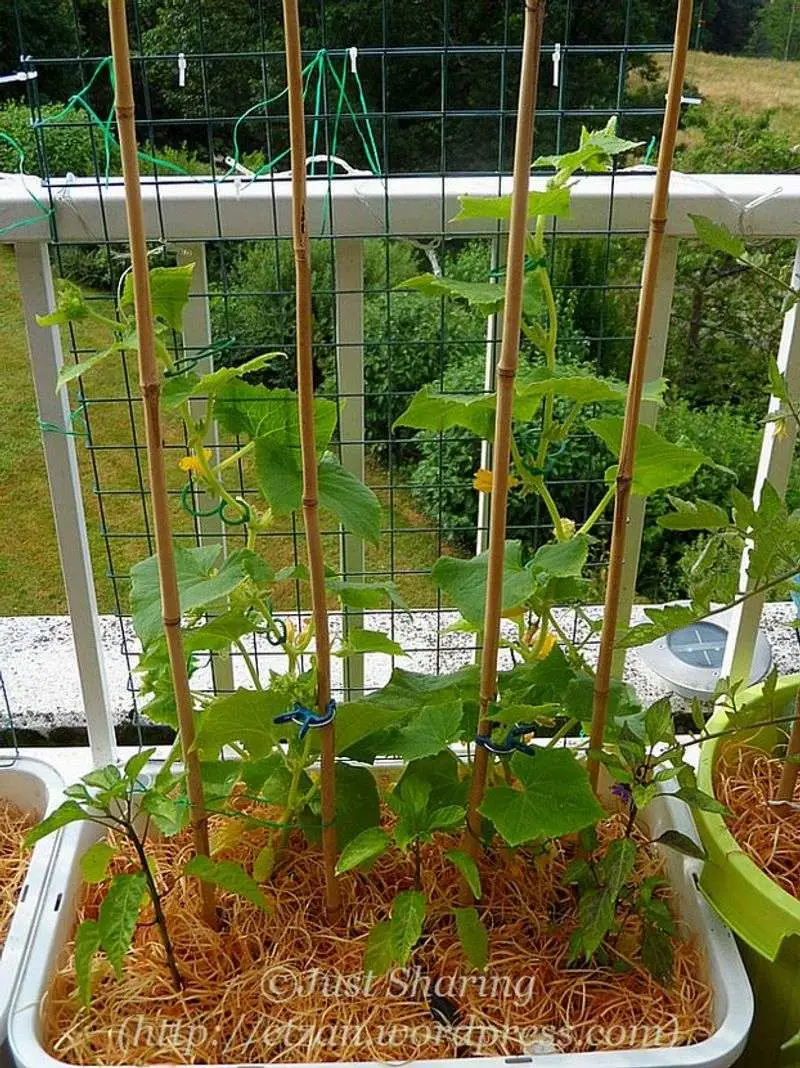
Cucumbers flourish when given support to climb. Neglecting to provide a trellis or stakes can result in tangled, sprawling vines that take up space and become difficult to manage. Introducing vertical support keeps plants tidy and accessible.
Trellising also encourages better air circulation, reducing the risk of disease and promoting even sun exposure. This setup helps vines stay organized, making harvesting easier and more efficient.
Elevating your cucumber vines facilitates healthier growth and a more productive garden.
Planting at the Wrong Time
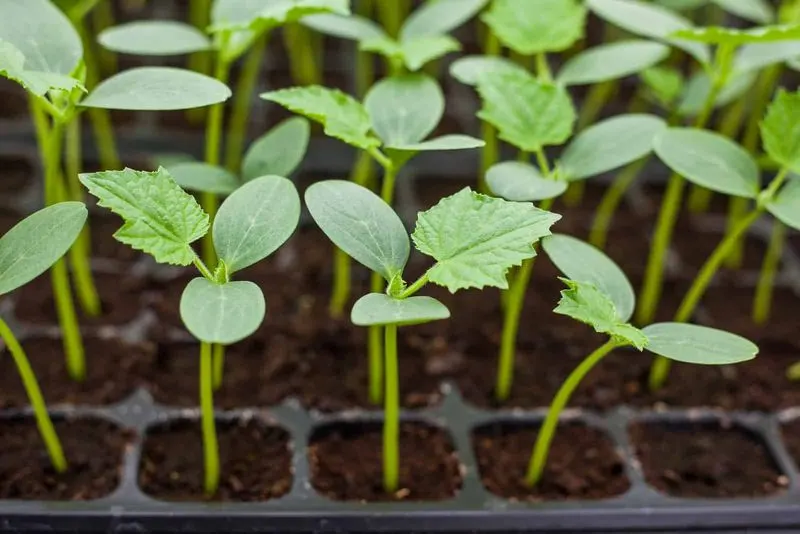
Timing is everything in gardening. Planting cucumbers too early or late can expose them to unfavorable weather conditions. Ensure soil and air temperatures are consistently warm, as cucumbers dislike cold.
Understanding your region’s climate will guide you in selecting the perfect planting window. Starting seeds indoors may be beneficial if outdoor conditions are unpredictable. This strategy gives your plants a head start, aligning with optimal growing conditions.
Adhering to the right planting schedule sets the stage for a successful cucumber harvest.
Neglecting to Prune
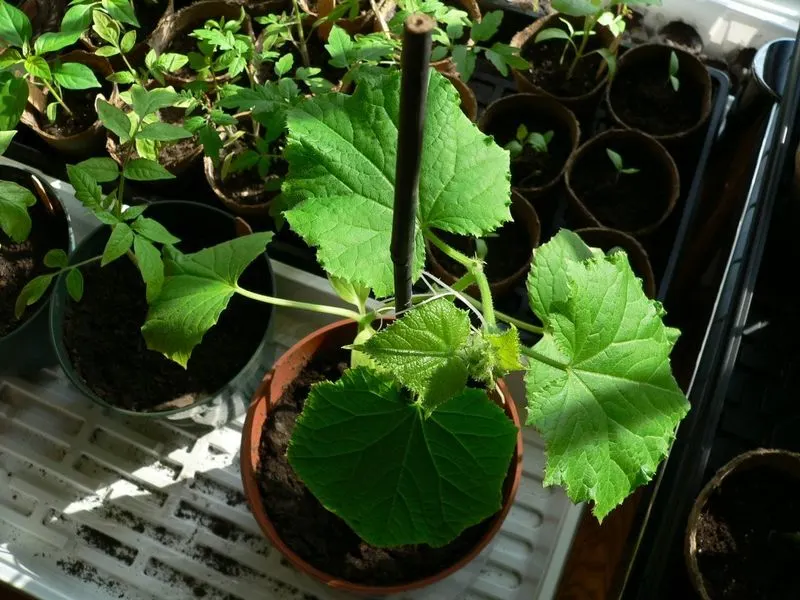
Pruning is essential to maintain the health and productivity of cucumber plants. Failing to remove dead or yellowing leaves can invite disease and pests, while overcrowded vines may hinder airflow and growth.
Regularly trimming back excess foliage aids in directing energy towards fruit development. Use clean, sharp tools to make precise cuts just above a leaf node.
Pruning promotes a more open plant structure, allowing cucumbers to flourish and produce abundantly.
Forgetting to Rotate Crops
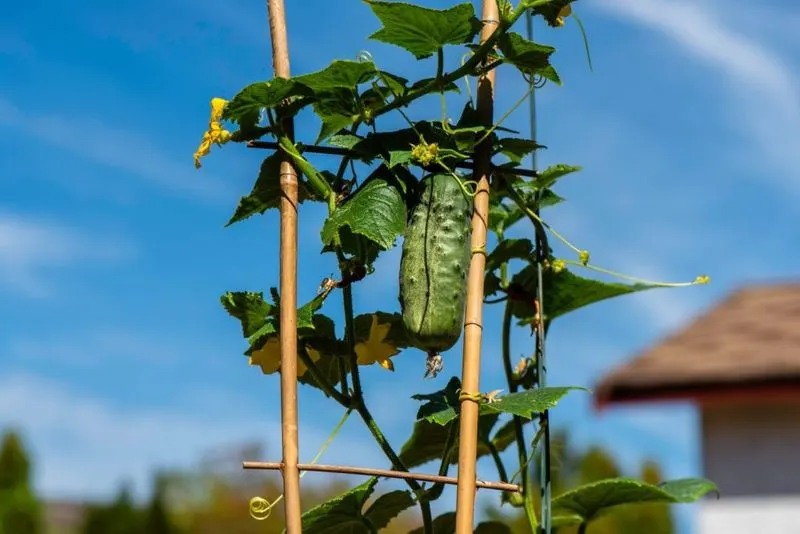
Rotation is a fundamental gardening practice often overlooked in containers. Planting cucumbers in the same soil year after year increases the risk of soil-borne diseases and nutrient depletion.
Switching out your soil or changing the container’s location annually can mitigate these issues. This practice replenishes nutrients and disrupts pest cycles.
Rotating crops invigorates the soil and keeps your cucumbers thriving, ensuring a fresh and healthy harvest each year.

